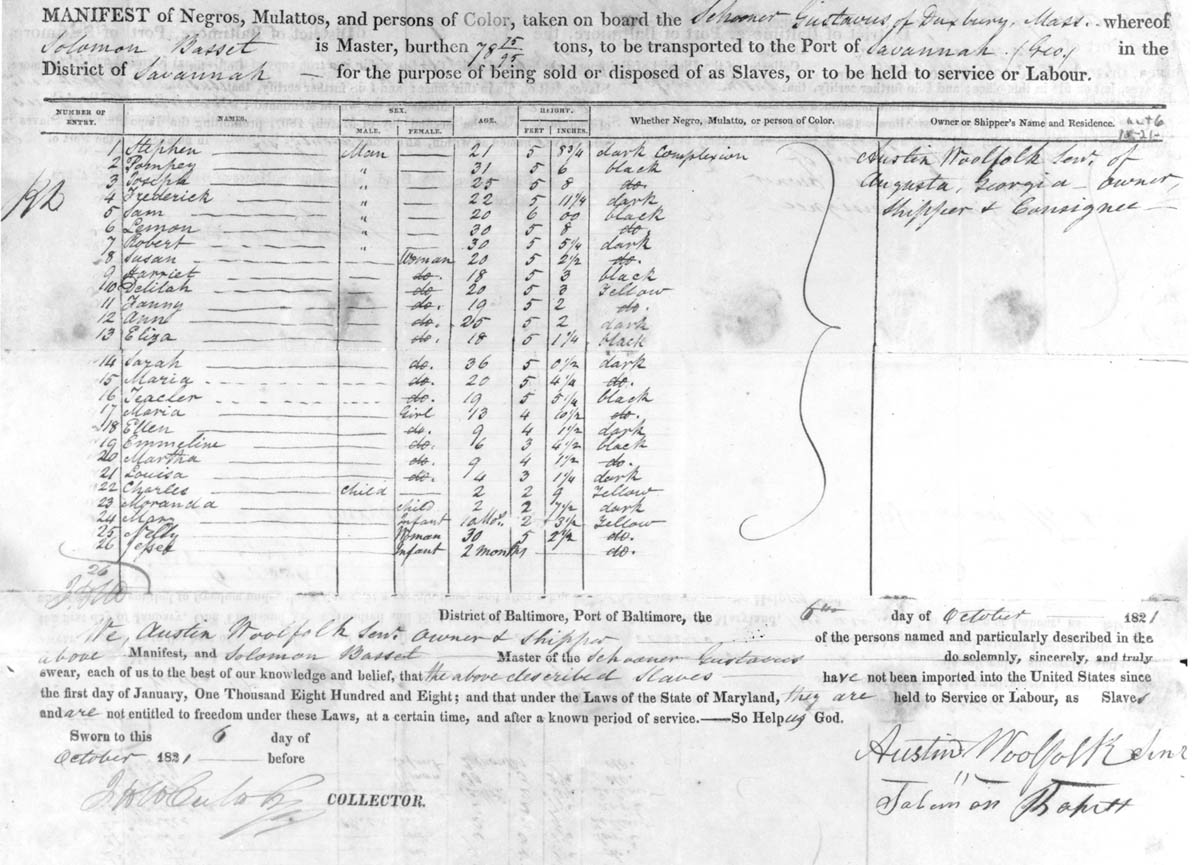I have long been inclined toward William Lloyd garrison''s attack on the (pre-civil war) Constitution as a" covenant with death and an agreement with Hell." But David Blight presents James Oakes view as more nuanced. - GWC
Historians can and do change their minds about interpretations of events and the uses of evidence. We may be dead certain, or even mildly sure, about facts and the stories we tell about them, but our
Historians can and do change their minds about interpretations of events and the uses of evidence. We may be dead certain, or even mildly sure, about facts and the stories we tell about them, but our craft requires us to remain open to new persuasions, new truths. James Oakes used to believe that the United States Constitution was essentially proslavery in its foundations, and that any attempt to breathe antislavery meaning into it was strained or rhetorical and not textually supported. But no more. In his remarkable and challenging book The Crooked Path to Abolition, he makes the case that there were effectively two constitutions written in Philadelphia that summer of 1787, one proslavery and one antislavery, which would be in conflict with each other for more than the next fourscore years.
Oakes, a distinguished professor of history at the CUNY Graduate Center, is not the only historian to have changed his view on this matter. In my first book, in 1989, I treated Frederick Douglass’s development of an antislavery interpretation of the Constitution as a slowly evolving perspective on his road to becoming a pragmatic political abolitionist and as a form of wish fulfillment in the absence of alternatives. I called his antislavery constitutionalism “dubious”—a search for political and moral ground on which he could stand to avoid embracing violent revolution by the 1850s. But I have come to see him as a deeply committed political thinker who argued his way, through what he called “careful study,” using legal and moral logic, to a vision of an antislavery Constitution. Guided by the natural rights tradition, Douglass found the core meaning of the American crisis. “Liberty and Slavery—opposite as Heaven and Hell,” he wrote in 1850, “are both in the Constitution.” What divided the nation was a Constitution “at war with itself.”
It has long been understood that without the compromises that were struck to bolster the interests of the slave states, there might have been no constitution achieved in 1787, and the thirteen original states might have careened off into regional coalitions at best. With the publication in 1840 of James Madison’s notes from the Constitutional Convention, more information emerged about pivotal crises and compromises in those famous debates. The notes fueled the endless arguments over the meaning and intent of the “founders,” a term that defies any unified definition, as Oakes argues. For instance, the notes record a dispute over a proposed tax on future slave imports, to which Roger Sherman of Connecticut fiercely objected “because it implied that they [slaves] were property.” Madison agreed and, in what may seem rather startling language for a Virginia slaveholder, declared it “wrong to admit in the Constitution the idea that there could be property in men.”

No comments:
Post a Comment